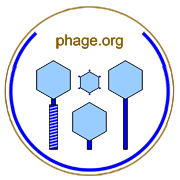
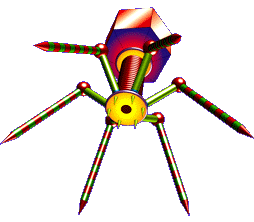
Abstract: Bovine manure is an important source of Escherichia coli O157 contamination of the environment and foods; therefore, effective interventions targeted at reducing the prevalence and magnitude of fecal E. coli O157 excretion by live cattle (preharvest) are desirable. Preharvest intervention methods can be grouped into 3 categories: 1) exposure reduction strategies, 2) exclusion strategies, and 3) direct antipathogen strategies. Exposure reduction involves environmental management targeted at reducing bovine exposure to E. coli O157 through biosecurity and environmental niche management such as feed and drinking water hygiene, reduced exposure to insects or wildlife, and improved cleanliness of the bedding or pen floor. In the category of exclusion, we group vaccination and dietary modifications such as selection of specific feed components; feeding of prebiotics, probiotics, or both; and supplementation with competitive exclusion cultures to limit proliferation of E. coli O157 in or on exposed animals. Direct antipathogen strategies include treatment with sodium chlorate, antibiotics, bacteriophages, in addition to washing of animals before slaughter. Presently, only 1 preharvest control for E. coli O157 in cattle has been effective and has gained widespread adoption— the feeding probiotic Lactobacillus acidophilus. More research into the effectiveness of parallel and simultaneous application of 1 or more preharvest control strategies, as well as the identification of new preharvest control methods, may provide practical means to substantially reduce the incidence of human E. coli O157-related illness by intervening at the farm level.
From p. E77: "Bacteriophage therapy ¶ Bacteria are subject to lysis and killing by a large number of viruses called bacteriophages, many of which are commonly found in the intestinal microbial flora of food-producing animals and also in the environment (Klieve and Bauchop, 1988; Klieve and Swain, 1993). Some bacteriophages have fairly narrow-host ranges (Barrow and Soothill, 1997; Barrow et al., 1998) and therefore have been studied as potential therapeutic agents for the selective elimination of specific pathogens from a mixed microbial populations, such as those present in the gastrointestinal tract of live animals. Several in vitro studies show remarkable effects of bacteriophages on E. coli O157:H7. The principle of phage therapy to combat E. coli O157:H7 in cattle is further supported by in vivo work in murine models (Tanji et al., 2005; Sheng et al., 2006). Unfortunately, the effectiveness of bacteriophage treatment to decrease E. coli O157:H7 in cattle or other ruminants has not been frequently reported in the peer-reviewed literature. The few available reports demonstrate the potential for the use of this technology to reduce E. coli O157:H7 carriage in cattle, but commercial application of bacteriophage therapy is likely still several years away (Sheng et al., 2006). Widespread use of bacteriophages for treatment of foodborne pathogens in animals will require both regulatory approval and consumer acceptance."
Return to Home or see Phage Terms/Glossary. Contact web master.
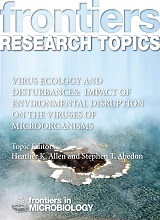
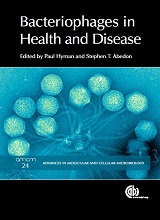
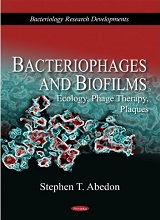
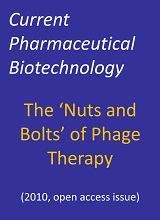
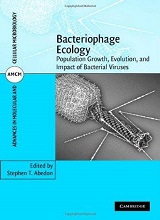
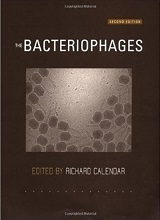
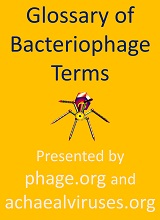
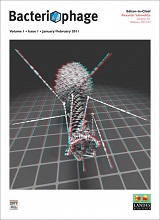
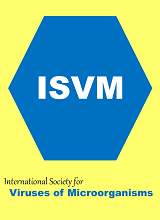
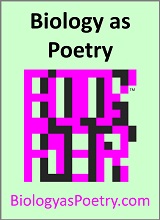
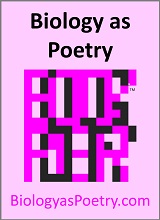
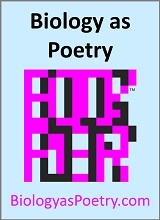
[full text not included]